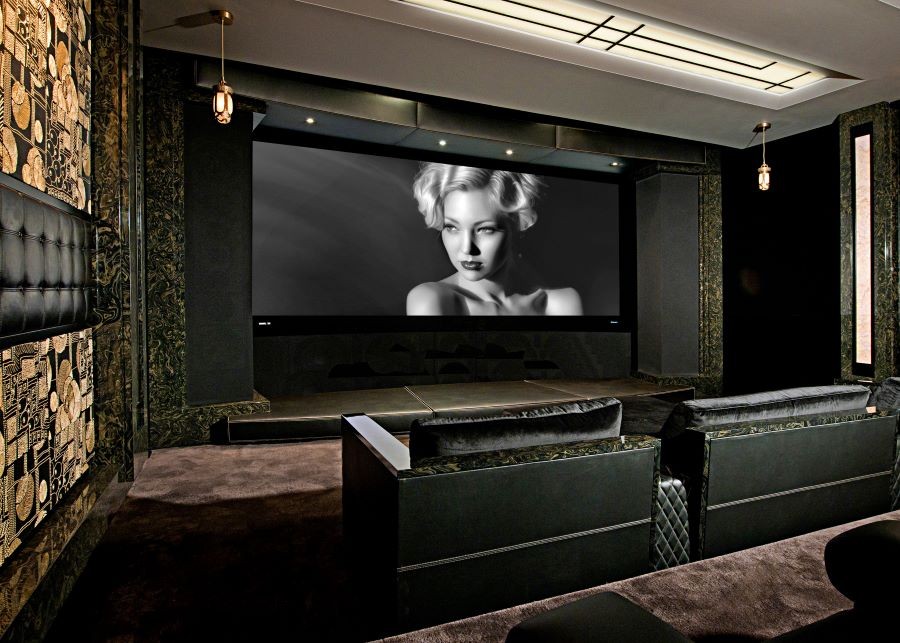Instant AR Detection Meets NLS+ Envy's auto aspect ratio (AR) detection has been the fastest in the industry for quite some time. But why stop there? So, we're excited to share with you that Envy's AR detection speed is now not only fast, but actually instant! In a recent newsletter we asked, "What happens when you combine instant aspect ratio detection and black bar management with our non-linear stretch?" Well, for users who like NLS, they can now seamlessly fill their scope screen all the time, regardless of the native aspect ratio of the content. There will be even more exciting news to share about Envy instant AR detection and next-generation NLS+. In the meantime, please contact Frangioni Media to learn more about the Envy and how it will take your video experience to an entirely new level.
|
Subtitle Management with Scope Screens
We recently covered how our non-linear stretch (NLS+) platform makes it easy to fill your entire screen, regardless of its aspect ratio (AR) and the AR of the content. In case you are not familiar, a "scope" screen generally refers to a screen that is wider than the standard HDTV 16:9 aspect ratio.
In today's newsletter, we're changing gears a bit to answer a related question that often comes up about subtitles - specifically how to handle subtitles within the black bars in scope movies.
Understanding the Problem
Subtitles within the black bars of a scope movie are a problem, because when using a scope screen to watch a scope movie (e.g. watching a 2.40 AR movie on a 2.40 screen), the projector is usually zoomed so that the movie fills the entire screen, like this:
For rumbling bass and realistic sound effects, you’ll need better audio.
People are drawn to soundbars for many reasons. For one, they’re a one-piece audio solution that’s quick to install under the TV or projector screen. And they provide more robust sound than a TV’s built-in speakers. They can look cool depending on the TV, final design, and installation aesthetic. However, it’s best to avoid using one in a high-end home theater design.
While soundbars improve upon TV audio, they won’t provide the immersive wow-factor you desire in a home cinema. It’s best to use a soundbar in the bedroom, kitchen, or other non-primary viewing spaces.
For a home theater, you’d be cutting yourself short not to use a receiver, proper loudspeakers, and a subwoofer for a Dolby ATMOS surround sound setup. As a luxury home theater designer based in Fort Lauderdale, FL, and cities worldwide, we’ll share why you should avoid soundbars and how to experience high-end Dolby ATMOS surround sound in your home.


